Vehicles are made with many sensors contributing to their optimal running process. One of these sensors is the oxygen sensor. The sensor has a unique function in your vehicle, but we will get into the full details shortly.
Like any car part, the oxygen sensor can get damaged with time. And for quite an important component, you should know how much it will cost to replace it just in case it gets faulty.
What is an Oxygen Sensor?
We can’t just jump into a car oxygen sensor cost without first knowing what an oxygen sensor is all about, including how it operates. This will help enlighten you on their importance and why it needs to be maintained.
You should know that the oxygen sensor is also written as an O2 sensor, and this instrument monitors the level of oxygen in your vehicle’s exhaust gases.
Some professionals or mechanics might also refer to it as the lambda sensor. This sensor is placed just before the catalytic converter, and the function of this converter is to filter the exhaust gases to a less harmful gas. But what is the primary function of the O2 sensors?
Immediately your oxygen sensor gets a read on the amount of oxygen in the exhaust gases. It sends this information to the ECU (Electronic Control Unit). Then the ECU utilizes this information to calculate how much fuel should go into your engine.
Suppose your oxygen sensor discovers that the exhaust gases contain too much oxygen; the ECU would know that your car needs less fuel and more air. The unit will feed your engine additional fuel to balance the cylinder’s mixture.
This must happen because your vehicle’s engine must operate on a balanced air-to-fuel mixture to function optimally.
When the combination has a rich mixture; of more fuel and less air, it will cause your vehicle to demand more fuel and can cause the car to produce gas fumes. A lean mixture; with less fuel, and more air will cause popping and misfires.
How Does the Oxygen Sensor Operate?
In most vehicles, there are up to two oxygen sensors. One sensor is installed before your catalytic converter, and the other is after the converter. You can also tag these as upstream and downstream sensors, respectively.
Upstream Oxygen Sensor
The upstream O2 sensor calculates the oxygen levels in the exhaust gases from the exhaust manifold. This sensor functions by giving out voltage at high temperatures, above 500°F, and bulbs on the interior and exterior surface of the exhaust manifold.
When the bulb gets exposed to hot gases, the difference in the level of oxygen will make the voltage pass through the bulb.
In a case where the oxygen amount is high, the voltage will drop. This tells you that there is less fuel and more air. But when the sensor detects a low oxygen level, the voltage becomes high. This will alert the ECU that you have the proper air and fuel mixture, and then it will make the necessary adjustments.
An ideal ratio for air to fuel mixture is estimated to be about 15 parts air to 1 part fuel, and in this case, your oxygen sensor will give out 0.45 volts.
On this voltage, the ECU will recognize that the air-to-fuel mixture is in the right proportion and will keep your engine functioning this way.
Downstream Oxygen Sensor
There’s not much difference between the upstream and downstream oxygen sensors. As we established earlier, it is meant to produce 0.45 volts.
The significant difference between these two streams is that the downstream O2 sensor focuses on the gases from the catalytic converter. This converter is meant to maintain the stoichiometric ratio of 14.7 air to 1 fuel.
The downstream sensor’s function is to ensure that your catalytic converter works effectively.
You will find modern cars with these sensors, or at least one of the sensors. But if you own an ancient vehicle, let’s say before 1996, there’s a high chance that the car doesn’t have a sensor.
If you own a vehicle with automatically adjustable jets to regulate the mixture of air and fuel, then your vehicle should have an oxygen sensor.
How to detect a faulty O2 sensor?
The function of the oxygen sensor might seem so simple, but it has a massive role in the operation of your vehicle. So when your oxygen sensor gets damaged, you should notice the fault in your vehicle’s performance. Here are a few indicators that should alert you when your O2 sensor is faulty.
Reduction in Car Performance
Your vehicle must operate in the stoichiometric ratio to guarantee the best performance and the correct fuel consumption rate. We also stated earlier that a lousy oxygen sensor wouldn’t give your ECU the right information, and because of this, the ECU won’t properly calibrate the injectors.
A bad oxygen sensor can signify less fuel, whereas the fuel amount is appropriate, and the ECU will take whatever the sensor gives to be correct. This will result in your engine not getting the right fuel-to-air mix ratio.
If this happens, your engine performance will undoubtedly drop. A rich mixture will generate more power, but a lean one decreases engine performance. Your engine should run ideally.
Please do not ignore any changes in the performance of your engine, mainly when you notice a misfire.
When your cylinders are not combusting the air to fuel mixture at the correct time, it will lead to misfiring. It will feel as if your vehicle isn’t quick to accelerate, and the RPM is just off.
You might notice a popping sound from your exhaust. Whatever the symptoms are, misfiring isn’t good; you must check it out.
Engine Check Light Comes On
Whenever your check engine light turns on, it tells you there’s a problem with your engine. You should know that there are a lot of things that can cause your engine check light to come on.
So when you see the check light, you should get an OBD scanner to check your vehicle for error codes, and if you can’t get one, drive to the mechanic for assistance.
The error codes will tell you why the problem is and streamline the actual cause of the problem.
You shouldn’t ignore your engine check light signal, despite the cause. Treat every fault in your vehicle as a top priority. Once you’ve discovered the problem, fix it as soon as possible. Your vehicle has to be safe to drive at all times.
If the engine check light starts to blink, stop your vehicle immediately. This means that there’s a serious fault with your engine system.
Driving your vehicle in that condition is terrible; you should get it towed to the auto repair shop.
Related: MAF check engine light
Bad Fuel Economy
A bad oxygen sensor might inform the ECU that you have too much oxygen or fuel in the mixture, which might not be the case. After receiving the information, the ECU will force more fuel into the engine cylinder.
Hence, causes your vehicle to use more fuel than necessary, and you’ll have to spend more on gas.
When you discover you’ve been spending more on fuel lately, check your exhaust pipe.
If your engine doesn’t have a balanced mixture, it won’t be able to burn the whole fuel, and that will leave black smoke around the exhaust pipe.
Once you notice that type of smoke, your engine is definitely using up excess fuel.
How Much Does It Cost to Replace an Oxygen Sensor
You now have an idea of the function of the oxygen sensor and how you can tell if it’s going bad. Suppose it gets damaged; you also need to know how much it costs to change it.
You should know that the oxygen sensor replacement costs vary with different cars. But on the average scale, you are likely to spend not less than $100.
An example is the Toyota Camry 2010. To replace the oxygen sensor in this vehicle, you might have to budget about $200. You might still be able to find a replacement sensor at $50, but that might be for only early models.
The labor cost for this replacement process will fall around $50 – $80, depending on the repair shop. For a luxury vehicle, you might spend up to $250 for the entire replacement cost, including labor costs.
High-performance cars will cost more than average vehicles, which is one of the cons of owning one. In general, expect a cost of $150 – $300 for an O2 sensor replacement.
FAQs
Can You Drive with a Bad O2 Sensor?
Can I replace the Oxygen Sensor myself?
What is the Code for a Bad Oxygen Sensor?
Can a Bad O2 Sensor cause engine damage?
How much is a faulty sensor?
Final thoughts
O2 sensors are affordable and shouldn’t be over $200. You might even get one at $50.
Yes, it’s that cheap. You can also learn and handle the replacement process yourself and save some money; it doesn’t require much technical work to get your sensor changed.
We hope this has solved any problem you might have with your oxygen sensor.


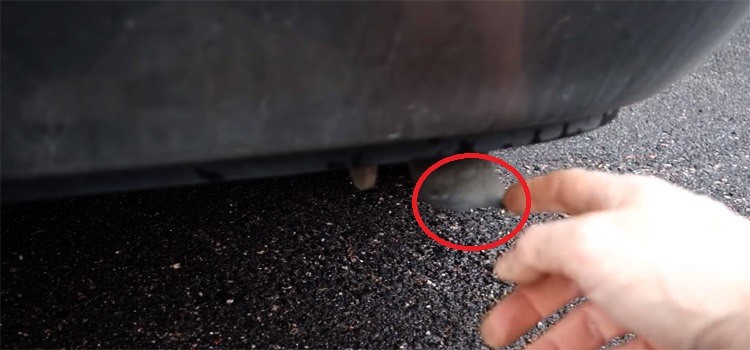

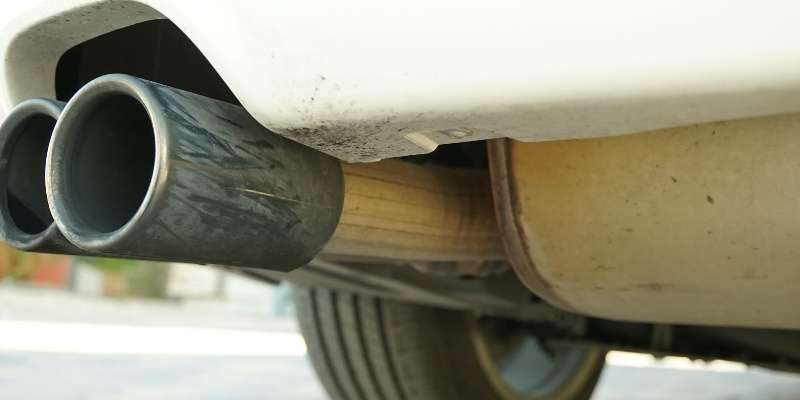
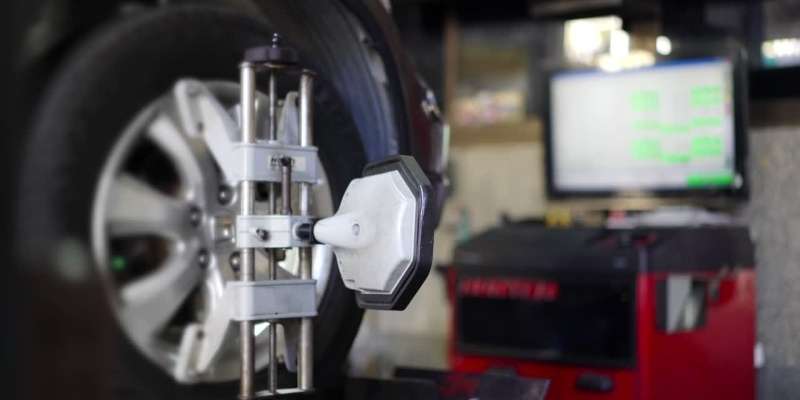
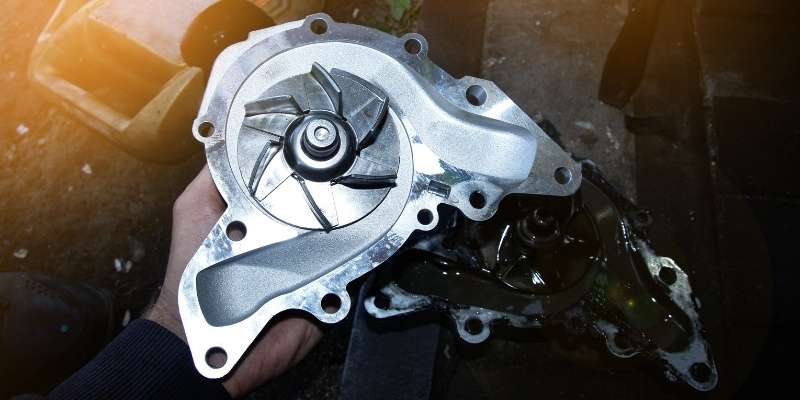

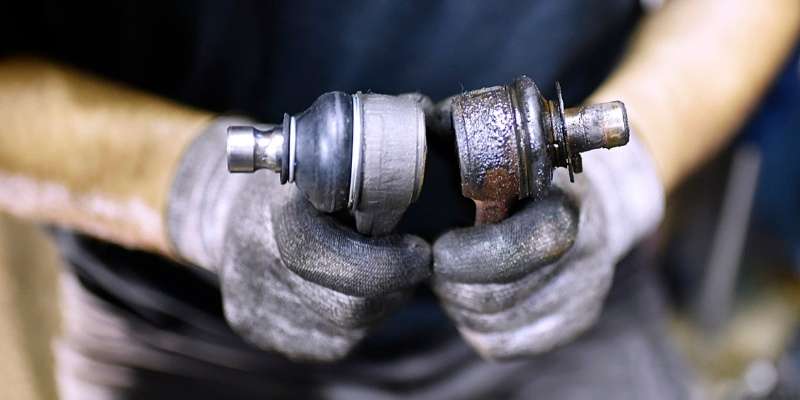

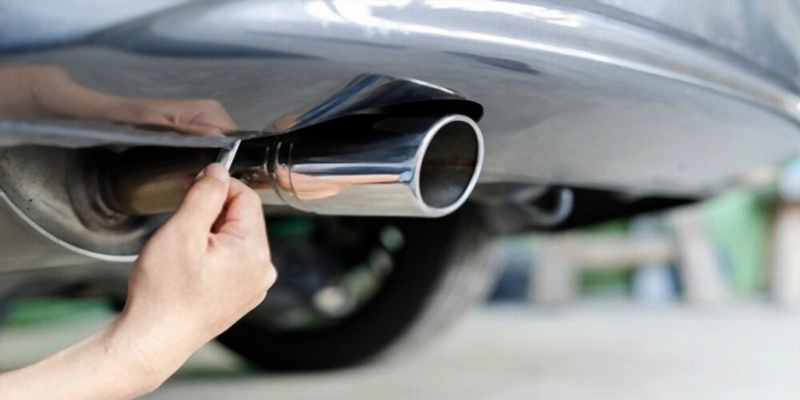

Loved all that you shared in this post!
Very useful! Thanks a lot, Leo!
From what I know, black exhaust fumes is also one of the symptoms of a bad oxygen sensor.
This is due to the fact that a faulty O2 sensor can make the engine run rich, which indicates an excess of fuel in the engine. The extra fuel may then result in the exhaust turning black.
Btw, this is a great article!